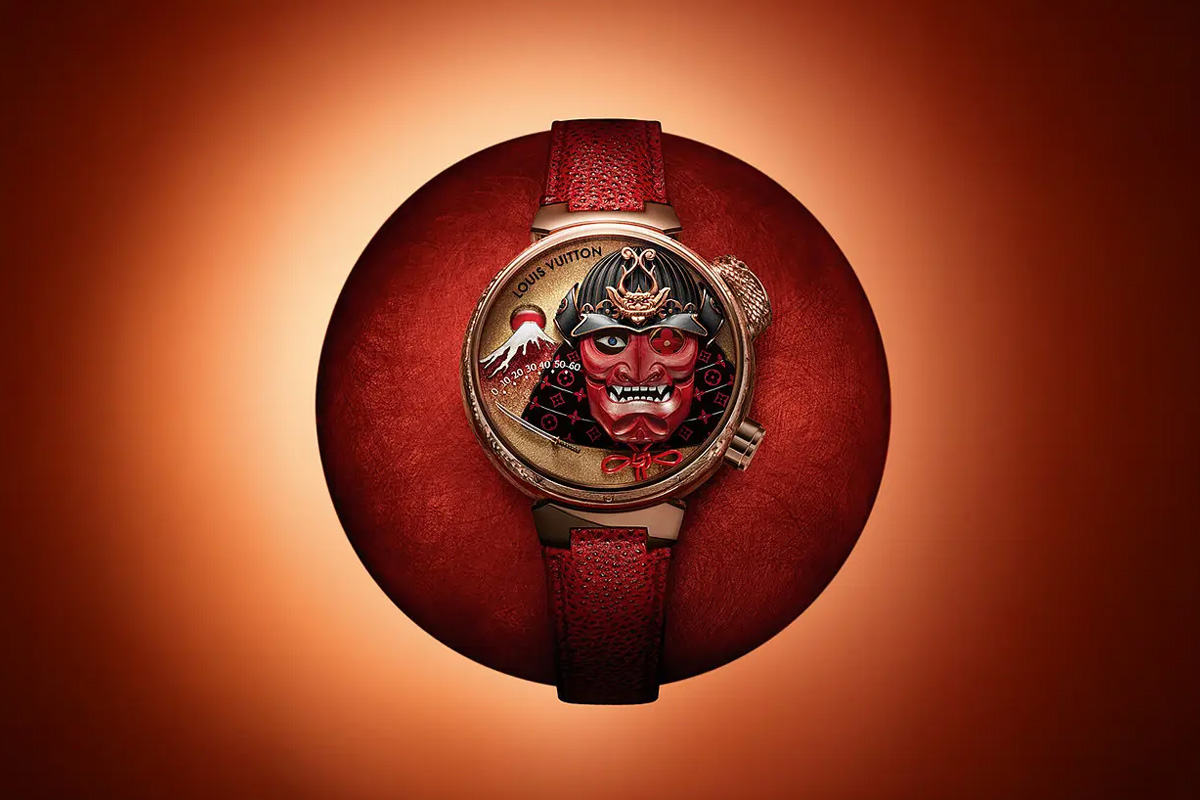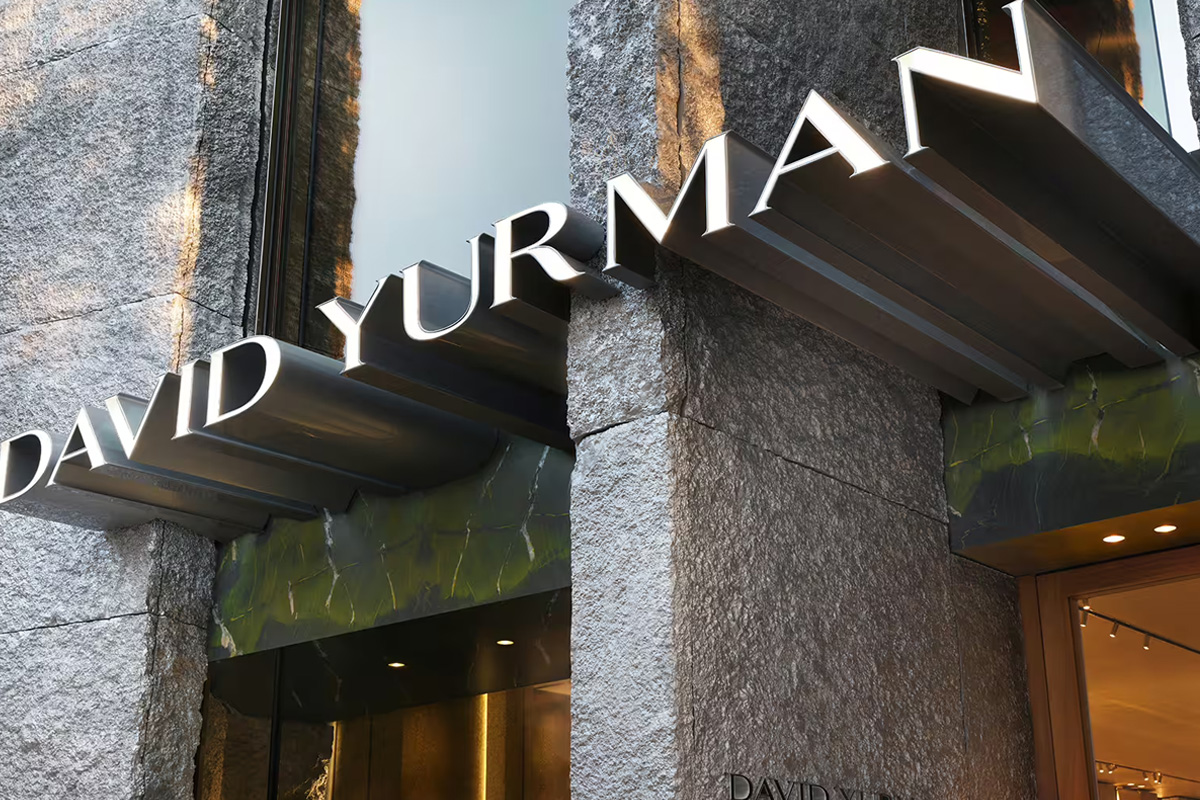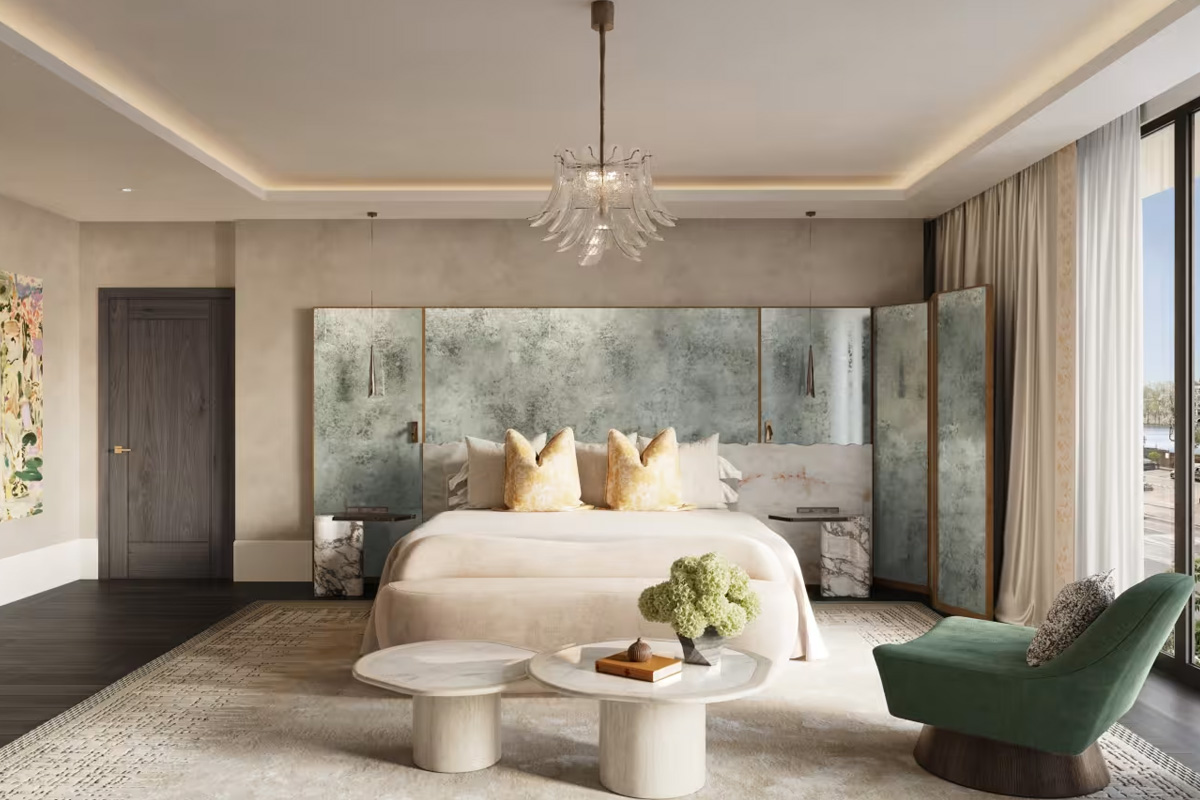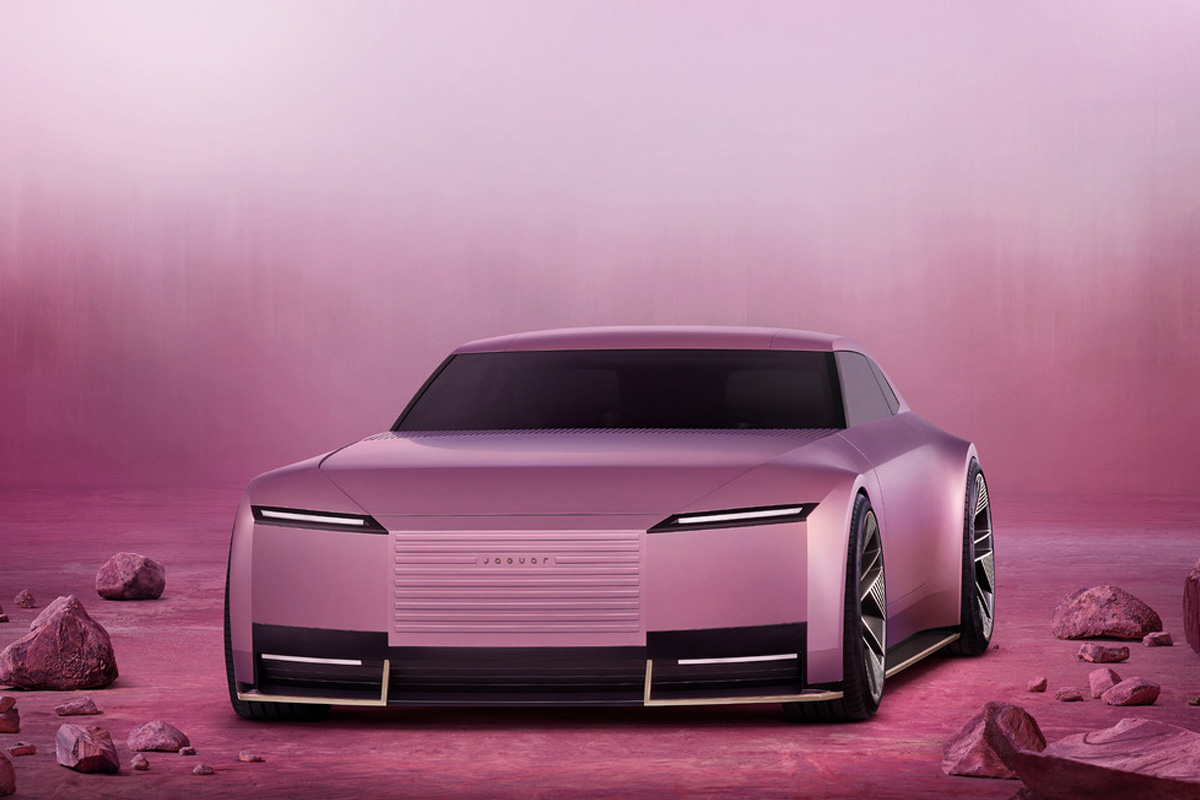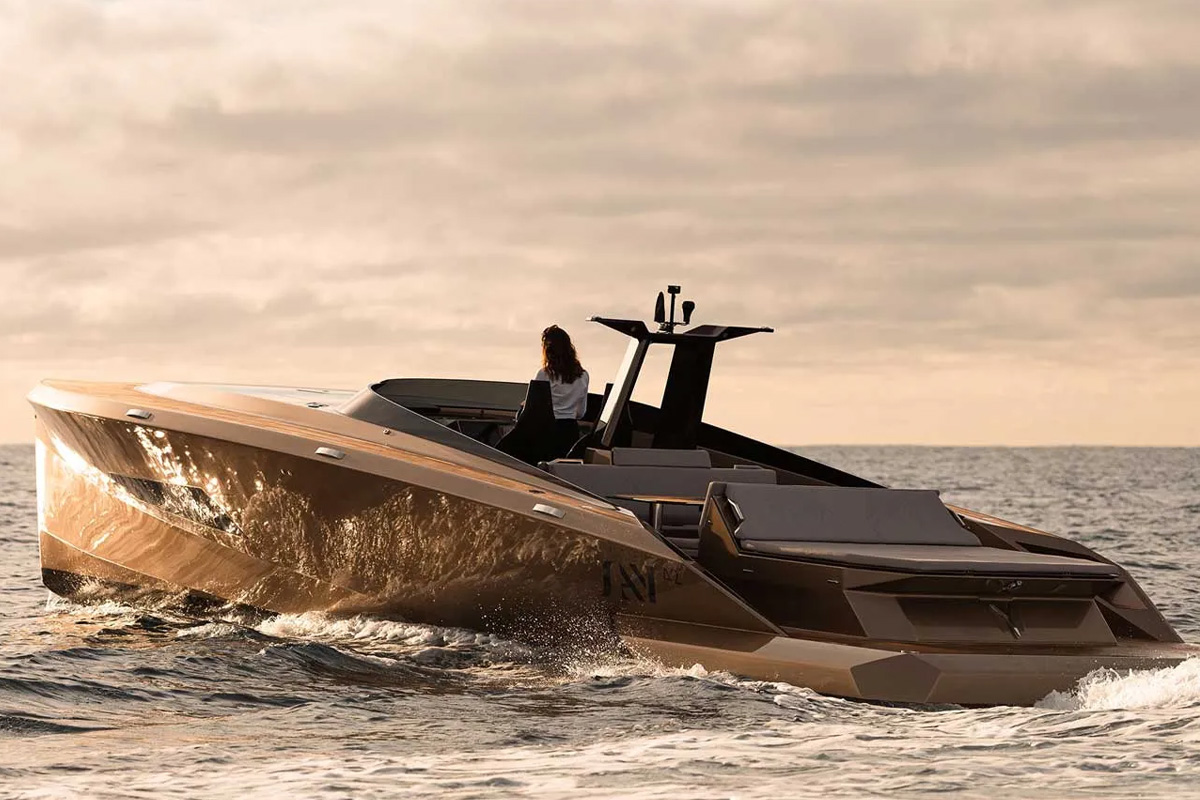Luxury Fashion in Uncertain Times: The Impact of Trump’s Tariffs
Luxury fashion, a world defined by artistry, culture, and exclusivity, is grappling with the impact of tariffs on luxury fashion as new trade barriers shake the industry. The Trump administration’s tariff announcement has introduced foreign trade barriers, with higher tariff rates on imported goods like luxury apparel, footwear, and accessories from countries such as China and the European Union. These new tariffs are raising prices for consumers and increasing costs for brands, including iconic names like Louis Vuitton and Swatch Group.

The fashion industry, particularly American apparel and footwear brands, is feeling the strain as import duties and additional duties disrupt the supply chain, forcing many brands to re-evaluate production and manufacturing strategies. High tariffs and retaliatory tariffs are leading to price hikes across the board, impacting consumer confidence and sentiment in the US market. Retailers and suppliers face increased pressure, especially as some of the world’s largest consumers reconsider their spending on luxury goods due to rising costs.

President Donald Trump’s tariff policy, aimed at addressing the trade deficit and achieving a level playing field, has sparked concerns over unfair advantages for certain markets and industries. The global economy, already interconnected through global trade, sees a ripple effect as American goods face retaliatory measures from other countries. Companies like Nike and other American brands may shift production to alternative locations like Italy to mitigate costs, while some factories and suppliers wrestle with reduced product volume and falling total exports.
Tariff Uncertainty Sends Shockwaves Through the Fashion Industry
Business news highlights after-hours trading volatility in fashion stocks as the industry braces for more tariffs and their implications. Many brands are concerned that higher prices will deter American consumers, reducing demand for luxury items and creating challenges for long-established trading partners. The footwear association and other industry groups warn that escalating tensions could have far-reaching consequences for clothing, footwear, and apparel imports.

As the market adjusts, the US market and luxury fashion brands must navigate this new tariff landscape, balancing their heritage and craftsmanship against the costs of doing business in an era of additional import duties and economic uncertainty.
A Gilded Industry Under Pressure
The latest tariffs strike at key arteries of luxury manufacturing. Major production hubs face new levies that threaten to ripple across this refined industry. These include:
- 20% on imports from the European Union
- 10% on goods originating in the United Kingdom
- 31% on Swiss products
- 34% on exports from China
Though such measures may only marginally increase retail prices short-term, they introduce complexities that extend far beyond cost. Supply chains are strained, traditions of making are disrupted, and the essence of luxury’s global connectedness is at risk of fragmentation.
The Decline of America as a Luxury Stronghold
Once a steadfast refuge for luxury amid global economic uncertainties, the United States has long been a key market for high-end brands like Louis Vuitton, Gucci, and Hermès. American ultra-high-net-worth individuals (UHNWIs), among the world’s largest consumers of luxury goods, have consistently buoyed the fashion industry. However, the Trump administration’s tariff policy, including the imposition of high tariffs on apparel imports and footwear brands, is testing even the most loyal clientele. Many brands now face difficult decisions as tariff rates and import duties raise costs and lead to price hikes, impacting consumer confidence and consumer sentiment.
Domestic players such as Ralph Lauren and Coach are somewhat insulated, given their reliance on local production. Yet, European companies, including luxury houses like those under Kering and Swatch Group, now face the challenge of adapting to foreign trade barriers without compromising their core values of artistic handcrafting. François-Henri Pinault, CEO of Kering, has pointed out that luxury is not just about products but about sharing culture, identity, and heritage. Retaliatory tariffs and additional duties threaten to unravel this ethos, forcing brands to either raise prices for American consumers or compromise quality.
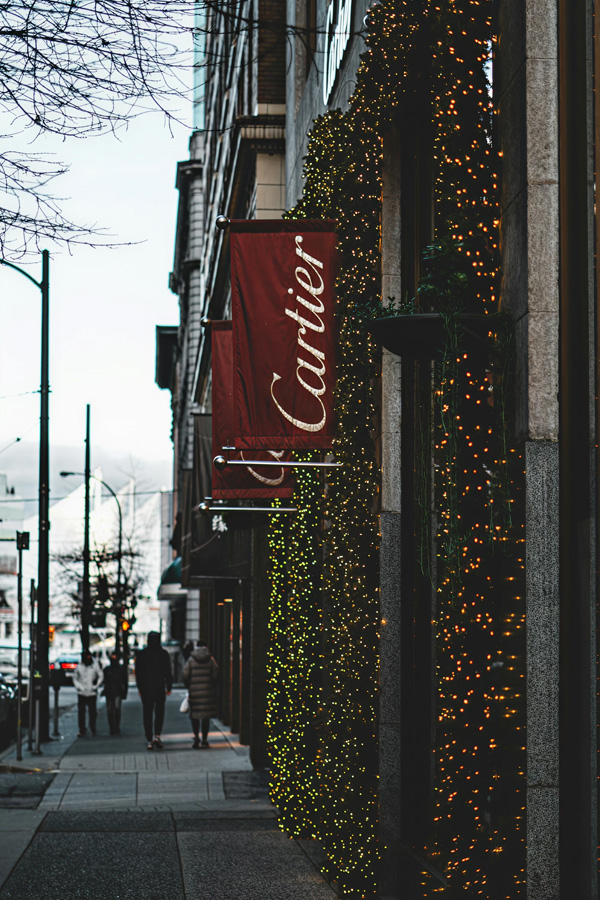
The tariff announcement from the White House has sparked concerns about the unfair advantage held by domestically produced goods and the broader impact on global trade. The European Union and other countries, including China, have responded with their own retaliatory measures, further straining trading partnerships. The fashion industry, which already faces supply chain disruptions, now has to contend with higher costs, reduced product volume, and uncertain consumer demand.
Apparel and footwear companies are particularly vulnerable, as imported goods are subject to higher tariffs, raising the prices of American goods. For example, Nike and other retailers are navigating increased manufacturing costs, while Italian factories that specialize in handcrafting are struggling to maintain their production standards. American apparel brands and international players alike are feeling the strain, as tariffs add pressure to balance costs while retaining market share in the US market.
As fashion stocks react in after-hours trading, and brands assess the total impact on their supply chains, the industry is left grappling with how to navigate this turbulent landscape. Amid rising costs and a playing field riddled with trade barriers, the liberation day for fashion may seem far away. Yet, as companies adapt to these challenges, the global economy will continue to watch closely how the luxury apparel and footwear sectors evolve under these circumstances.
Challenges Beyond Cost
While luxury enjoys high profit margins, the strain of tariffs is keenly felt in areas that matter most to this industry’s soul. Supply chain stability, artisanal craftsmanship, and the seamless storytelling inherent in every product are being tested.
Craft and Culture Under Siege
A staggering 98% of fashion goods and 99% of footwear sold in the U.S. are imported. This leaves virtually no brand untouched by trade levies. Swiss watchmaking, a discipline synonymous with precision and legacy, faces some of the largest disruptions due to surging import fees.
Global brands like Louis Vuitton, which already operate production workshops in the U.S., are better positioned to minimize disruptions. Even so, for many manufacturers reliant on artisanal methods honed over decades, finding local solutions proves daunting due to the U.S.’s lack of equivalent infrastructure.
The Shift in Consumer Habits
For American affluent shoppers, rising domestic prices provide fresh motivation to seek luxury outside home borders. An era of experiences, from Paris ateliers to Milan boutiques, already informs how UHNWIs purchase luxury. With domestic tariffs increasing costs, this international wanderlust is likely to grow, boosting tourism-driven spending in global hotspots such as Courchevel, Tokyo, and the cobblestones of Florence.
The Art of Adaptation
Even under trade pressures and the impact of President Donald Trump’s new tariffs on the fashion industry, the finest luxury brands thrive on resilience and reinvention. Across the luxury goods market, leaders are demonstrating their ability to rise above challenges while artfully preserving their values, even as tariff rates force many to consider raising prices.
Integration has become a key survival mechanism for the fashion industry. Ambitious maisons backed by conglomerates like LVMH are gaining greater control of production by integrating vertically, ensuring minimal disruption to their processes despite the challenges posed by President Trump’s trade policies. Meanwhile, brands are investing in bespoke client relationships. Personalized shopping, intimate trunk shows, and member-only soirées represent a shift toward exclusivity not just in products but in experiences.
Technology, too, plays a vital role. AI-driven virtual shopping environments cater to affluent clients, bridging geographic divides and creating immersive experiences that highlight a product’s cultural richness, even as the industry navigates the complexities of new tariffs.
Tomorrow’s Luxury in a World of Uncertainty
Trade disputes and new tariffs may alter the mechanics of luxury goods in the fashion industry, but they cannot erode its spirit. This cherished sector has weathered changes throughout histories of war, political shifts—including the impact of President Donald Trump’s tariff rates—and economic flux. These challenges, such as raising prices due to new tariffs, do not dilute luxury’s identity but instead highlight its innate innovation.
The coming years will demand strategic agility from high-end fashion brands, whether recalibrating global supply chains or deepening consumer connections. Those who adapt will not just endure but emerge as arbiters of refinement, proving once more that true luxury is timeless, effortlessly marrying legacy with modernity.
Above all, luxury is more than an object; it’s the story it carries, the culture it embodies, and the emotions it evokes. These, no tariff or trade policy from President Trump or anyone else can touch.
LATEST
POPULAR
